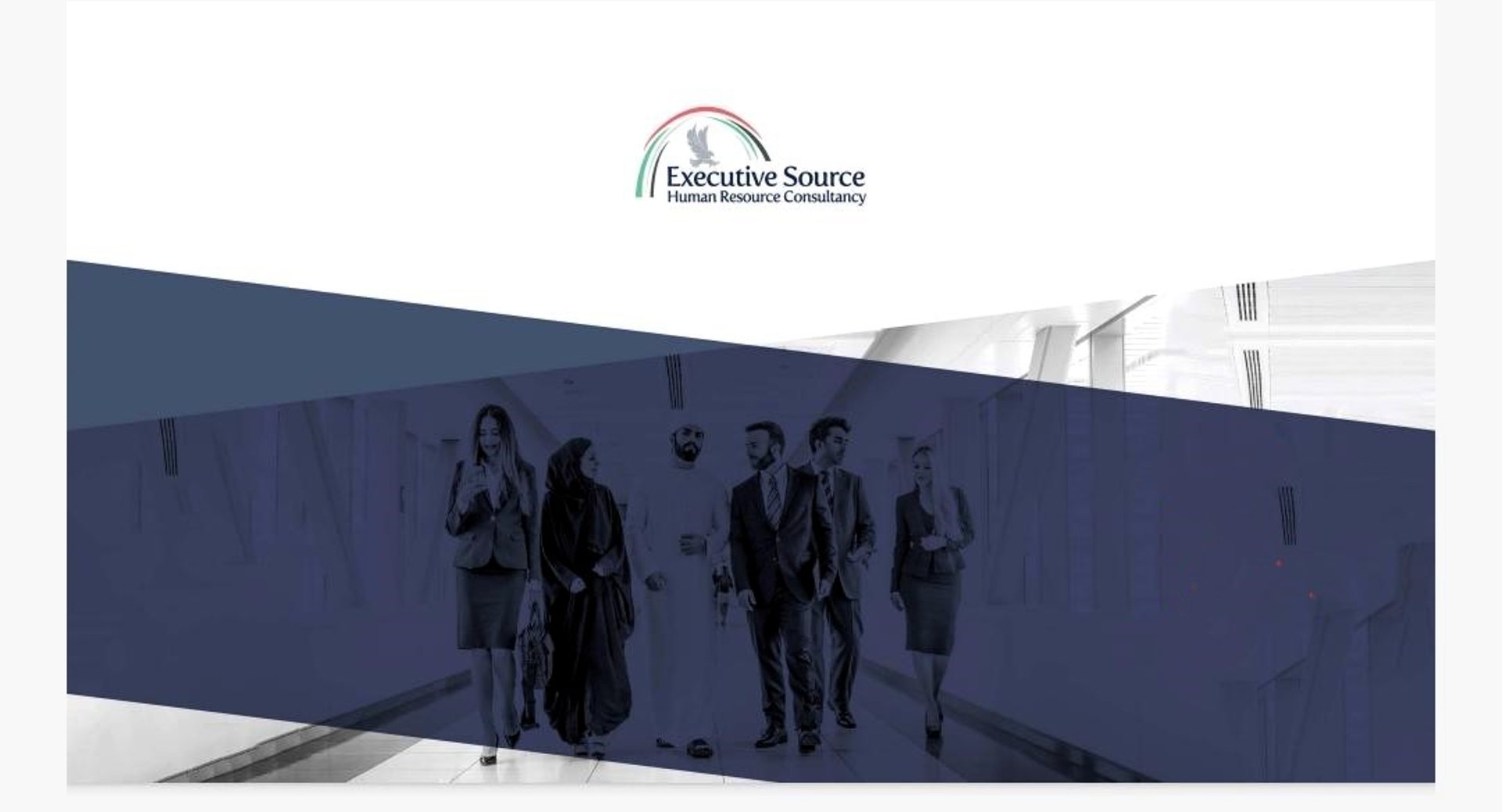
HRM State in the Middle East
challenges, people culture and skills facing human resource management when operating in a new market, like UAE, Saudi Arabia or Qatar.
HUMAN RESOURCES
3/23/20251 min read
Context-Specific Nature of HRM: The HRM practices in the Middle East are influenced by the region’s unique socio-cultural and institutional context1. This context-specific nature of HRM necessitates foreign firms to adapt their headquarter HR practices to suit the Middle Eastern setup1.
Influence of Institutional Theory: The institutional theory reveals how contextual forces, such as cultural, legal, economic, political, among others, influence change in the nature of managerial practices, including HRM, according to change in the institutional environment of a given setup12.
Convergence vs Divergence: There’s a debate on whether HRM practices should converge towards a universal model or diverge based on local cultural contexts3. Research evidence suggests that subsidiaries managed in line with national country expectations perform better than those managed otherwise3.
Global-Local Dilemma: Multinational companies face the challenge of balancing global integration and local adaptation3. This involves maintaining a dynamic balance between implementing global standard practices and localisation3.
Impact on Employee Performance and Talent Management: The cultural context also influences employee performance and talent management in the cross-border management context of the Middle East4.
